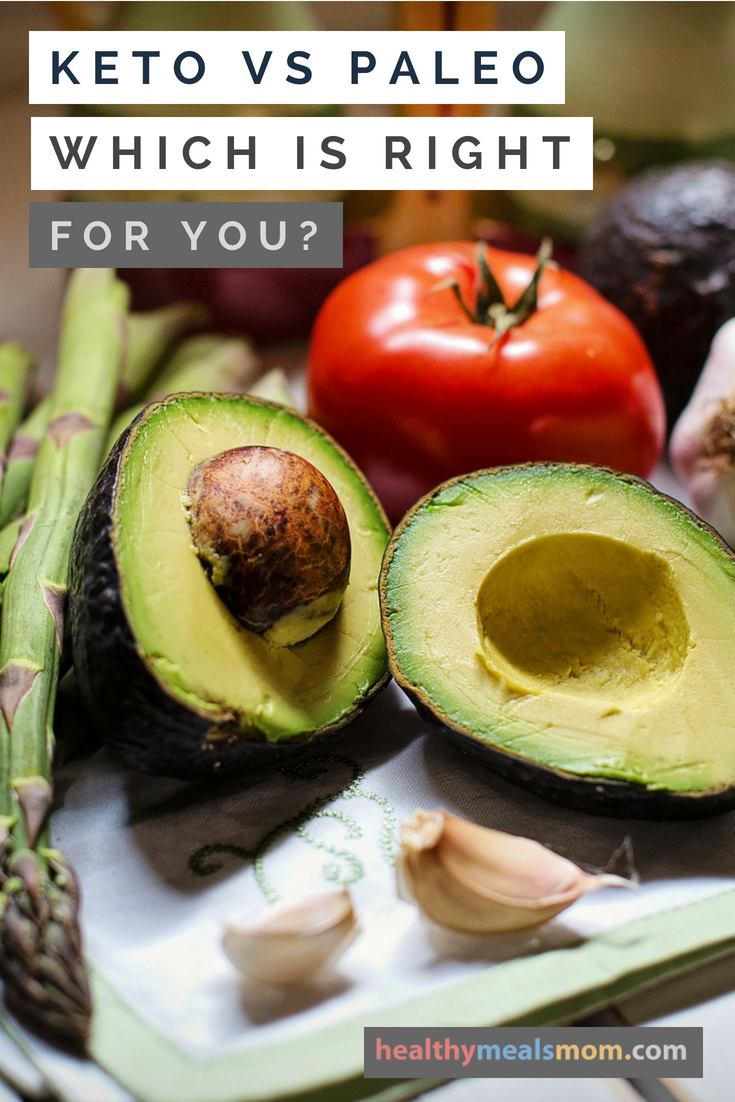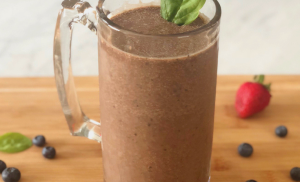
Keto vs Paleo
This post may contain affiliate links. For more information, see my disclosures here.
Keto vs Paleo: How exactly do the Keto diet and Paleo diet compare?
The Keto diet focuses on manipulating the three macronutrients (carbs, proteins and fats), keeps carbs low at about 20-25g per day, and allows for low-carb forms of dairy (i.e. cheese).
The Paleo diet is more about the quality of your food choices, it does not count macronutrients (so could be thought of as a ‘medium carb’ diet), and is dairy free.
With the Keto diet, you eat real, whole, nutrient dense food that is low in carbs and high in fats. I love the food choices that I get with this diet – the meats, cheeses, healthy fats, low carb vegetables and plenty of other delicious choices have helped me to remain on this diet for many years with absolutely no feeling of deprivation.
The Paleo diet is based around the idea that humans should eat the same foods that were available to them during the paleolithic (‘caveman’) era, such as meats, nuts, fruits, vegetables, roots and ancient grains. You eliminate dairy, grains, soy and processed foods, but balance the macronutrients any way you want.
Keto vs Paleo. On either diet your health can be greatly improved.
I started off my journey into good health by following the Paleo diet. Together, my husband and I did a Paleo cleanse offered by a nearby wellness center, and removed all processed foods, grains, soy, and sugars from our home. Each meal became a balance of 4-items: a low-carb vegetable, a protein, a healthy fat and a serving of a low-glycemic carb such as brown rice, sweet potato, beans, peas, corn or other ancient grains such as quinoa, buckwheat or amaranth. I was eating ‘healthy’ but still about 10 pounds heavier than I wanted to be, and still had stomach issues related to my Crohn’s Disease such as bloating and cramping. When I switched to the Keto diet at the advice of my doctor, I simply cut out the 1/2 cup serving of carbs that I was having at every meal, doubled the fat I was eating per meal (so, from about 15g/meal to 30g/meal) and added cheese to my diet. All bloating and cramping stopped within 2 days, and I lost the extra 10 pounds within 3 weeks…and have kept it off since.
I switched from the Paleo diet to a Keto diet, but my husband, who is a runner, has remained on the Paleo diet. Although many athletes follow the Keto diet, my husband feels better eating Paleo and allowing himself to have carbs at every meal and particularly after his workouts. How do I manage meals when we’re on two different diets? Fortunately, the diets are quite similar. For meals, I make a Keto meal for myself (protein, vegetables and fat), and for my husband’s meal, he eats the same as me, but with a little less fat and the addition of about 1-cup of low-glycemic carbs (e.g. brown rice, sweet potato, gluten-free garlic toast, beans, etc) to his meal. Simple!
Click here to get my FREE Keto Diet Grocery List
Keto vs Paleo. What do I eat:
As with any diet, you can do it badly. Keto can be done badly by overeating healthy fats until you are no longer losing weight, and eating processed Keto ‘snacks’ rather than being guided by your hunger and macros. Paleo can be done badly by overeating sugars like honey, fruit, coconut sugar and dried fruit, and overeating low-glycemic carbs like brown rice, sweet potatoes beans and corn, which run at about 45g carb/cup (!). Just because it’s ‘Paleo’ doesn’t mean you can eat as much of it as you want.
Find what works for you. If dairy is an issue for you and you feel better without it, and if you like having a wonderfully healthy “mealplan” to stick to, then you may wish to go Paleo.
If you would like to lose weight, know exactly what you can enjoy each day, and don’t mind calculating macros so you know when to stop, then Keto is probably best for you.
In general, if you are sticking to eating whole foods that are lower in carbs and higher in healthy fats – you can’t go far wrong!




